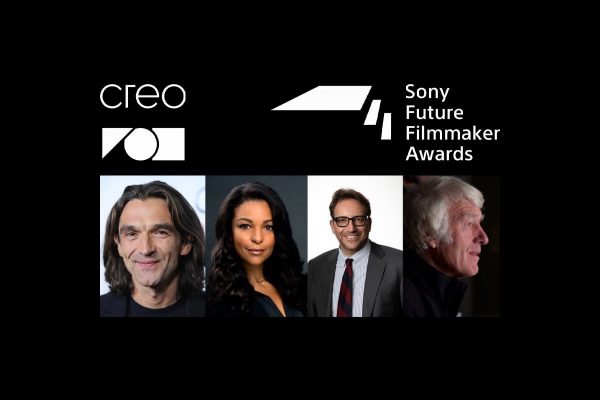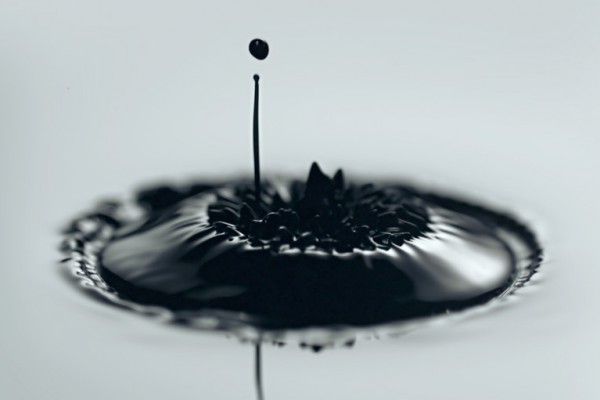FotoKem recently completed the digital intermediate and post production services for the indie film Palo Alto. Working with director/screenwriter Gia Coppola and cinematographer Autumn Durald (both pictured above), FotoKem colorist Alastor Arnold fine-tuned the natural look created in camera to ensure the filmmakers’ vision for this teen tale is reflected on the big screen.
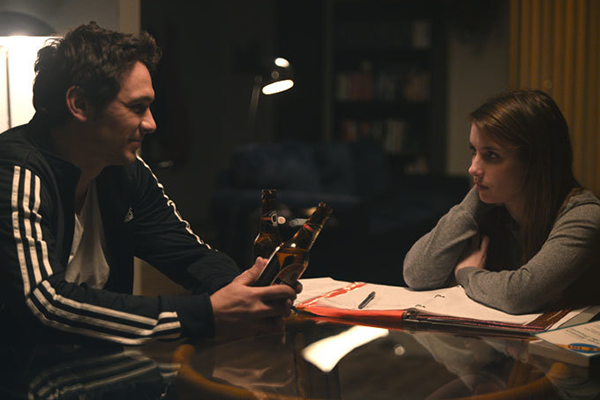
James Franco & Emma Roberts in a scene from ‘Palo Alto’
Based on James Franco’s short story collection about rebellious high school kids in suburban California, Palo Alto has been praised for Coppola’s coming-of-age storytelling and for Durald’s evocative photography. The film, which marks Coppola’s feature debut, garnered raves at the Tribeca, Telluride, Toronto and Venice film festivals before its recent release.
“Gia and I had worked together on five projects prior to this feature, so we have a similar visual language, taste and sensibilities,” says Durald. “Gia is from a photography background, and we pulled a lot of photographic references for the tone and mood we wanted – photos by Stephen Shore and William Eggleston. It was important to have a more filmic, softer texture to the image that harkened back to movies like The Outsiders and Dazed and Confused – something that looked more aged with softer tones in the blacks as well. And nothing overly saturated and contrasty.”
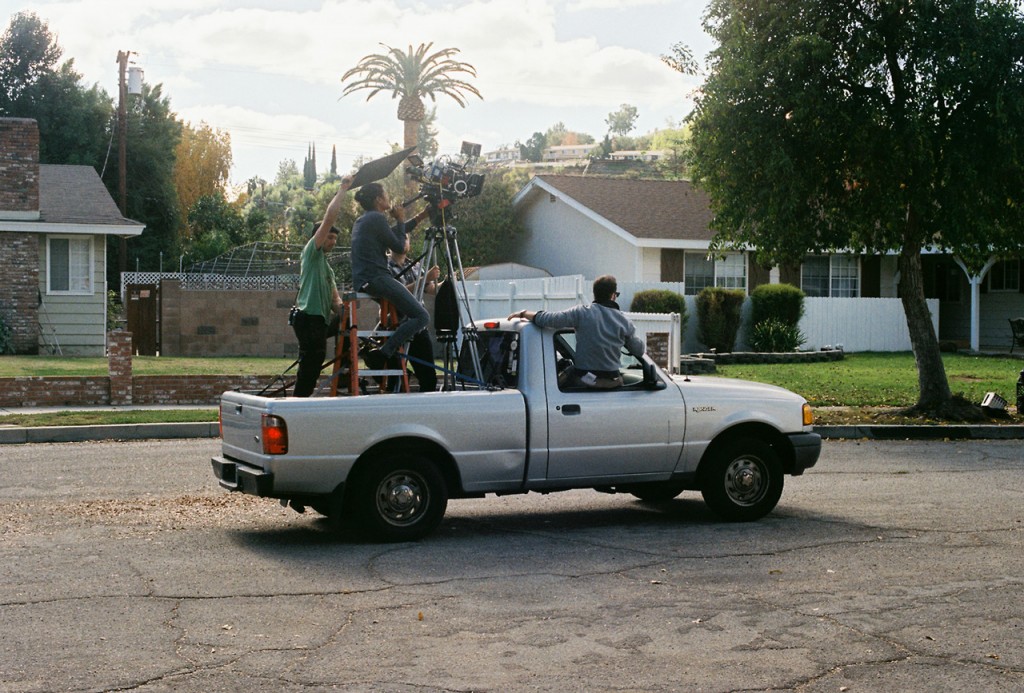
Durald shot the feature with a Panavised RED Epic camera, mounted with Panavision Super Speed lenses and vintage 1970s glass to give a softer feel to the image. The on-set DIT handled basic data management and adjusted stills in REDCINE-X, but no LUTs were applied. Durald’s RED raw R3D files were transcoded for final color using REDlogFilm for flexibility with various film/lab emulations.
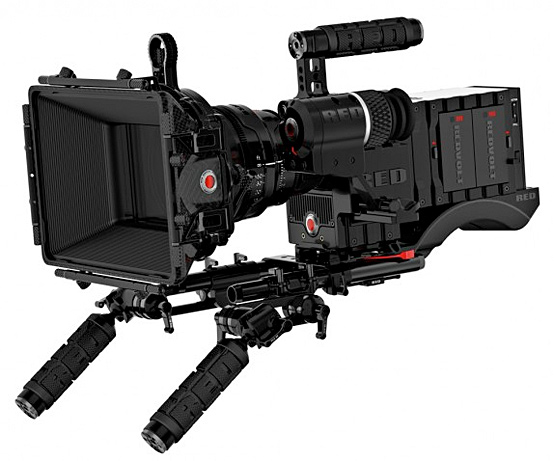
When Coppola and Durald met with Arnold, they brought their look-book of still photography and suggested some films for him to watch, including The Last Picture Show, American Graffiti and The Virgin Suicides. They also experimented with different combinations of film emulation LUTs and grain treatments on various scenes from the feature.
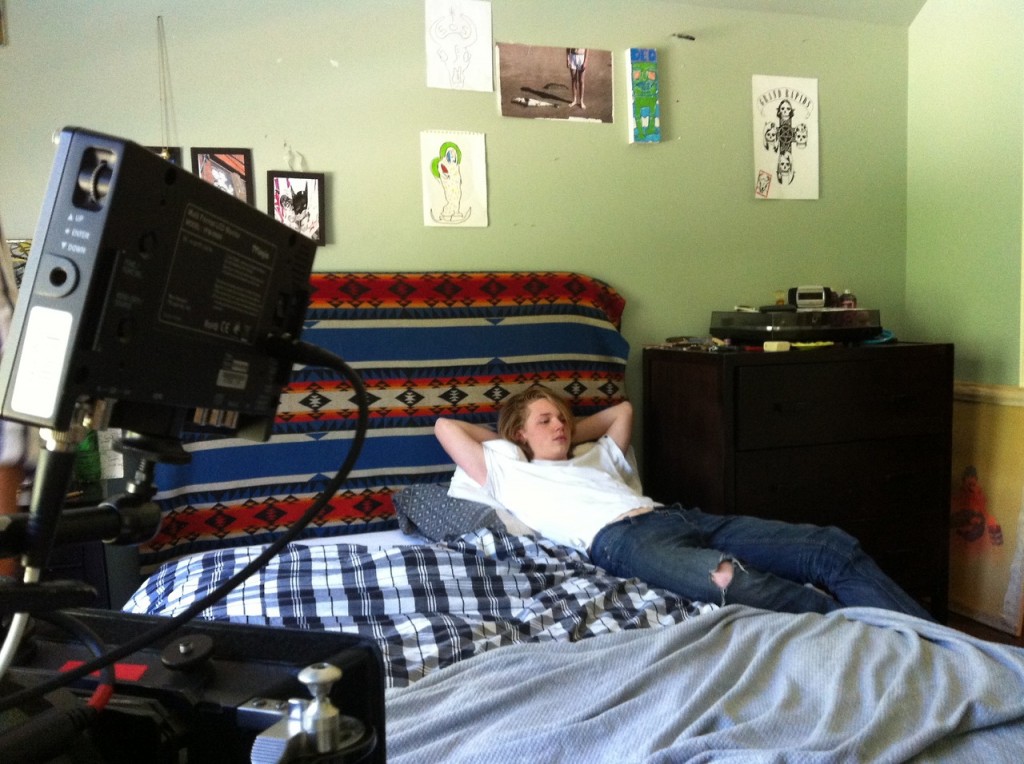
Jack Kilmer on the set of ‘Palo Alto’
“First and foremost, they wanted a very filmic approach to keeping the image natural, smooth, and most importantly beautiful,” recalls Arnold. “We weren’t pushing in a hyper digital direction. Autumn’s photography was awesome, a unique look with a consistency of tonality – it was in a very warm place with naturalistic skin tones.”
Arnold demonstrated Fuji and Kodak film emulation LUTs along with variants involving slightly different color spaces and lab processes. “We were really happy with the Kodak LUT as the base, and then we added grain over that as well,” says Durald.
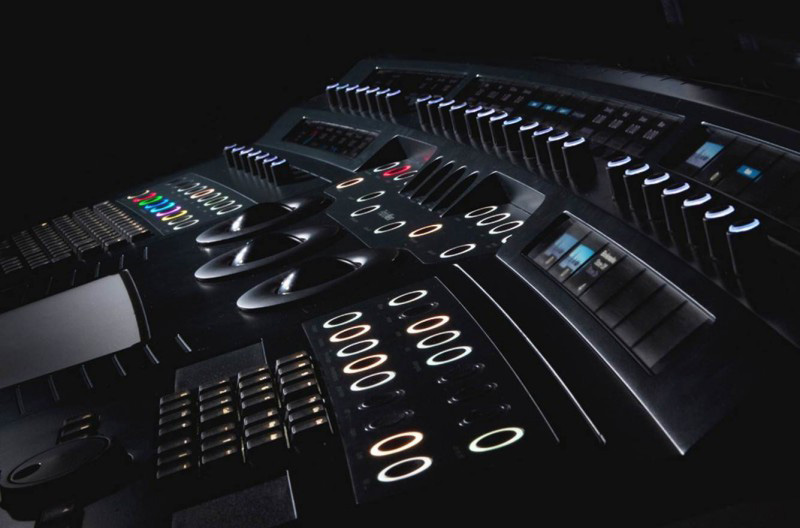
Quantel Pablo Neo
Using the Quantel Pablo for grading, Arnold suggested using its noise treatment feature in different blending modes and intensities to give a grain pass to the entire film. “It all ran in real time, so it was really interactive and fast to adjust noise to emulate different exposures,” he reports. He gave particular attention to sodium vapor night exterior shots, tilting toward warm ambers instead of greens and making sure that black levels “felt appropriate for night but didn’t bury anything – you always felt you could get into them.”
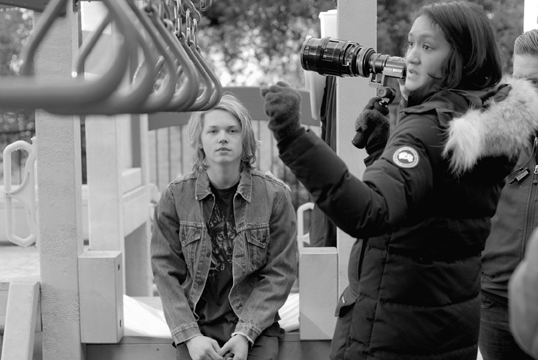
Cinematographer Autumn Durald on the set of ‘Palo Alto’
Arnold credits Durald’s talents as a DP with making the DI process more about collaboration and experimentation than fixing things. “We never struggled to match a key to another key or to even things out,” Arnold notes. “It was all about finding the right feel, tonalities, densities and grain. It was great to have the filmmakers walk in with a concise understanding of where they wanted to go stylistically with the finish.”
Durald concludes, “Alastor has a really great eye – he understood what we were going for from the outset. It’s really important to find people with the same taste and sensibilities you have who can translate your visual language emotionally and technically.”
Palo Alto is currently playing in cinemas.
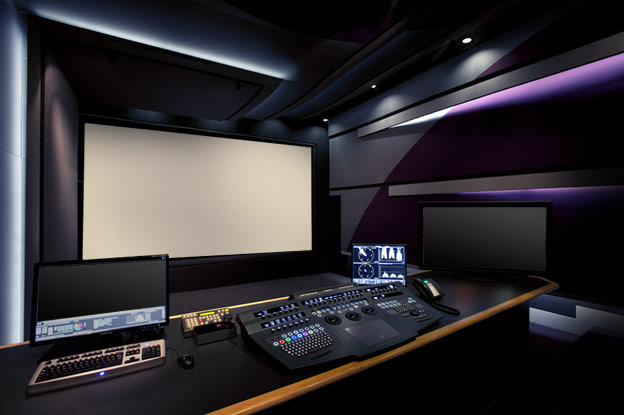
FotoKem’s
Digital Intermediate Theater
For more Info on Palo Alto: http://paloaltomovie.tumblr.com/
For more info on FotoKem: http://fotokem.com/
Excerpts from Press Release



